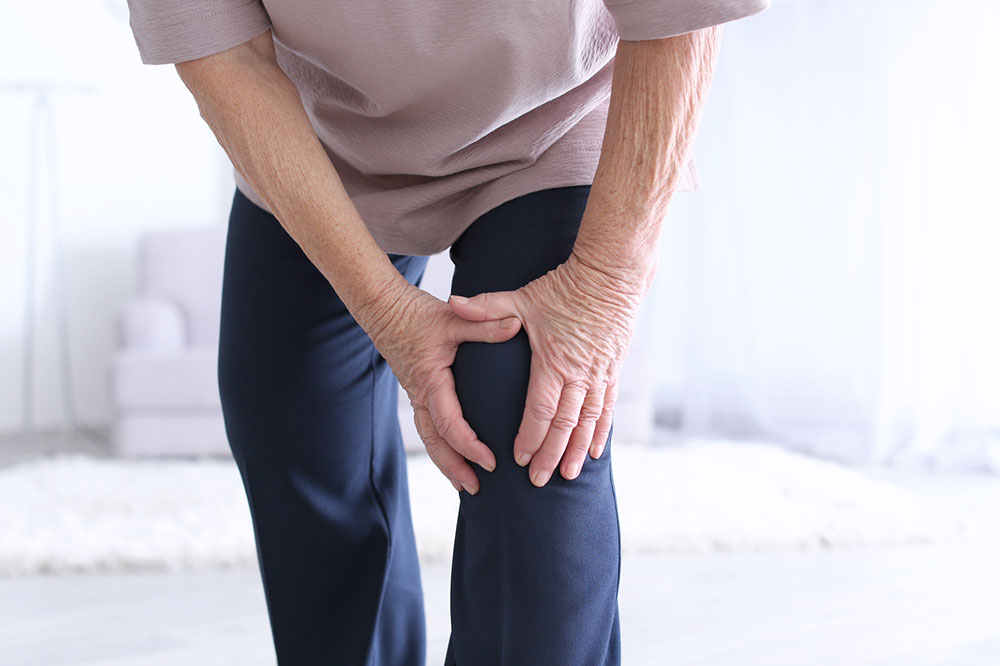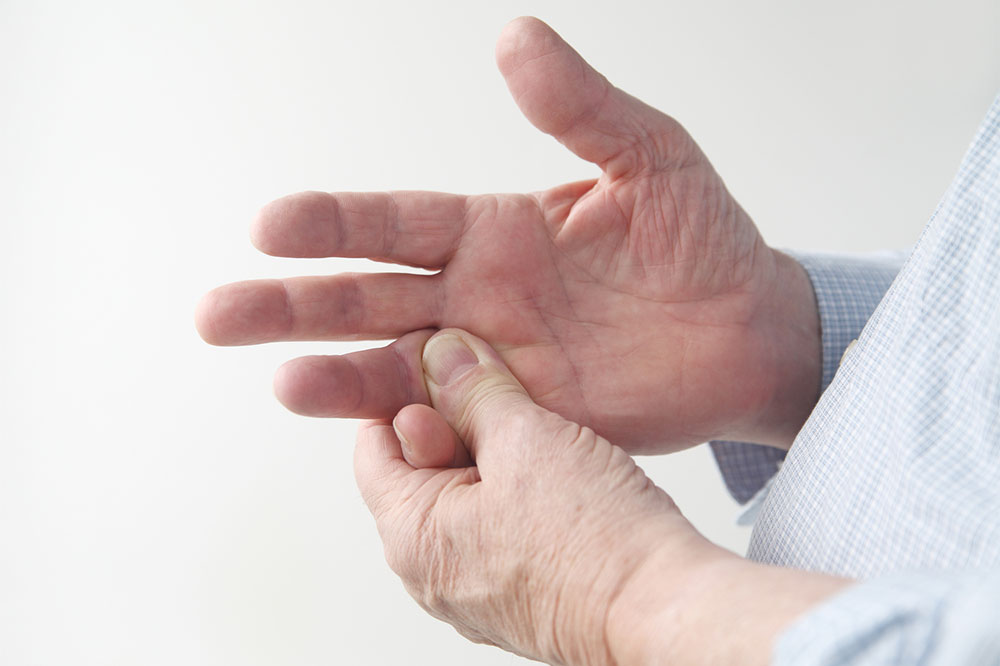7 warning signs that indicate ulcerative colitis development

Ulcerative colitis is a type of inflammatory bowel disease (IBD) that affects one’s large intestine. It can inflame or cause ulcers in one’s rectum and colon, which is the inner lining of the large intestine. The disease has no known cure, but there are certain treatments as well as lifestyle and food habits that can reduce its flare-ups. Below are some signs of ulcerative colitis that should prompt one to consult a doctor immediately.
Warning signs of ulcerative colitis development
Abdominal discomforts like cramps, nausea, and bloating
If abdominal discomfort like excessive gas, nausea, cramping, or bloating occurs frequently and persists for days without any significant lifestyle changes, it may be an early sign of ulcerative colitis.
Diarrhea which may contain blood, mucus, pus
Diarrhea that contains blood, mucus, or pus is another common sign of ulcerative colitis.
Fever and loss of appetite
An inexplicable high temperature that lasts more than a day or two can be a sign of a more serious health issue. Additionally, patients with ulcerative colitis might also find it difficult to build up an appetite on a daily basis.
Rectal bleeding
If one finds spotting or blood in one’s stool while defecating, it’s an alarming sign of ulcerative colitis. If one does not find any blood in stool but experiences other symptoms, one can take a stool test. It can reveal if there’s any internal bleeding invisible to the naked eye. Rectal bleeding can also indicate hemorrhoids. The latter is easier to cure, but it is best to get the bleeding evaluated, especially if it persists or occurs frequently.
Problems with defecating
If one is unable to defecate despite feeling the urgency, it might be a sign of ulcerative colitis. In extreme cases, one may feel the need to defecate six or more times a day.
Chronic fatigue
Ulcerative colitis is the result of an overactive immune system and often causes chronic fatigue in patients. It is marked by an inexplicable weakness that can’t be shaken off with simple resting.
Other warning signs
When ulcerative colitis flares up, some may even experience symptoms that are not directly associated with the large intestine. It may include painful and swollen joints, mouth ulcers, red and swollen skin, or irritated and red eyes. In extreme cases, one may experience shortness of breath or a fast or irregular heartbeat.
Who gets ulcerative colitis?
Ulcerative colitis can strike at any age, but it often begins between the ages of 15 and 30. It is less likely to affect those over the age of 50. Apart from age, those with infections, family history, allergies, or Crohn’s disease are also at a higher risk of developing it.
How to manage ulcerative colitis flare-ups?
Each person’s immune system tackles the disease differently. The most common way to manage ulcerative colitis is to follow a good lifestyle and food habits. Spicy foods like black pepper, chilies, jalapeños, garlic, and paprika, carbonated beverages, and fried food aggravate its symptoms. Alternatively, drinking more water, eating smaller meals, exercising, and eating fiber-rich foods like fruits, vegetables, and whole grains can regularize bowel movements. Doctors may also recommend a mix of laxatives and stool softeners to manage the flare-ups.







